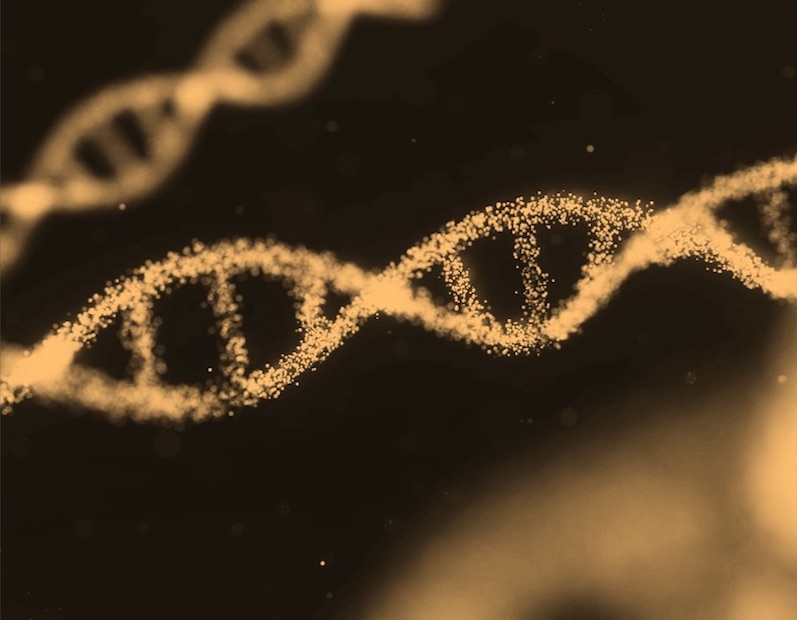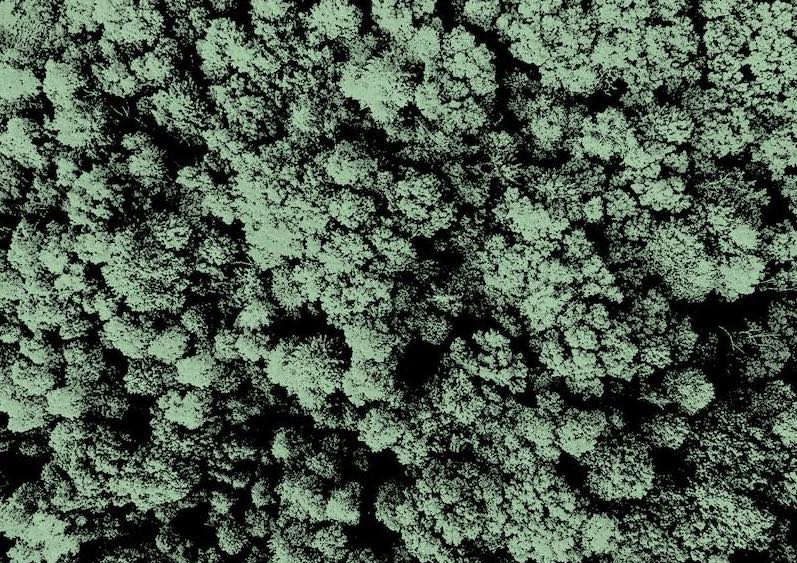What is it about?
This study first employed a vacuum isothermal gas quenching process to heat-treat Cr12MoV in an attempt to achieve a mixed structure of martensite and lower bainite. Based on an analysis of the impact of different isothermal gas quenching process parameters on the properties and microstructure of Cr12MoV steel, with a focus on material impact toughness and Rockwell hardness, the particle swarm optimization method was used to optimize the vacuum gas quenching process parameters for Cr12MoV steel. Using the optimized process parameters, Cr12MoV steel was subjected to vacuum isothermal gas quenching treatment. Microstructure observations and phase analysis revealed that the post-quenching structure consisted of an excellent combination of martensite and lower bainite dual-phase structures, with reduced carbide content and even distribution. After two tempering processes, it was observed that the residual austenite content significantly decreased. The vacuum isothermal gas quenching-tempering process effectively reduced material anisotropy and tool deformation.
Featured Image

Photo by Cheng Chieh Hsu on Unsplash
Why is it important?
Tempering the material after quenching can further enhance its stability and overall mechanical properties. The tempering process reduces the content of residual austenite, leading to an improvement in the distribution of austenite and stress, thereby enhancing the material’s comprehensive performance and stabilizing the dimensions of the mold [7]. At present, there are few studies on the martensite and bainite composite phases obtained by vacuum isothermal quenching of Cr12MoV die steel, especially the relationship between carbide and bainite content and microstructure [8–11]. In fact, Cr12MoV is a widely used high-carbon and high-chromium ledeburite steel in the world, which is often used in cold work molds, and its performance still has great potential for improvement [12]. In this study, the effects of different vacuum heat treatment process parameters on the microstructure and comprehensive properties of Cr12MoV die steel were investigated.
Perspectives

Cr12MoV is an important cold work tool material, primarily used in cold stamping dies, cold extrusion dies, and tools for applications with complex shapes and harsh working conditions. Its microstructure contains a significant amount of carbides and high-carbon martensite, endowing the material with high hardness, wear resistance, and quenchability [1]. However, Cr12MoV material has poor toughness and requires stringent heat processing and heat treatment procedures. If mishandled, it can lead to premature mold failure. In Cr12MoV steel, eutectic carbides often exhibit a striplike, block-like, or reticular distribution, which can easily result in material anisotropy and mold deformation [2]. The high content of residual austenite in the Received: 27 May 2024 Revised: 14 July 2024 Accepted: 26 November 2024 Materialwiss. Werkstofftech. 2024;55:1–12 wileyonlinelibrary.com/journal/mawe © 2024 Wiley-VCH GmbH. 1 https://doi.org/10.1002/mawe.202400122 microstructure can lead to material volume shrinkage and instability. Additionally, thermal stresses during material processing and traditional quenching processes can also contribute to localized deformation failure in Cr12MoV molds [3].
shengde hu
Wuhan University of Science and Technology
Read the Original
This page is a summary of: Optimization of vacuum isothermal quenching process and microstructure analysis of die steel Cr12MoV, Materialwissenschaft und Werkstofftechnik, December 2024, Wiley,
DOI: 10.1002/mawe.202400122.
You can read the full text:
Contributors
The following have contributed to this page








